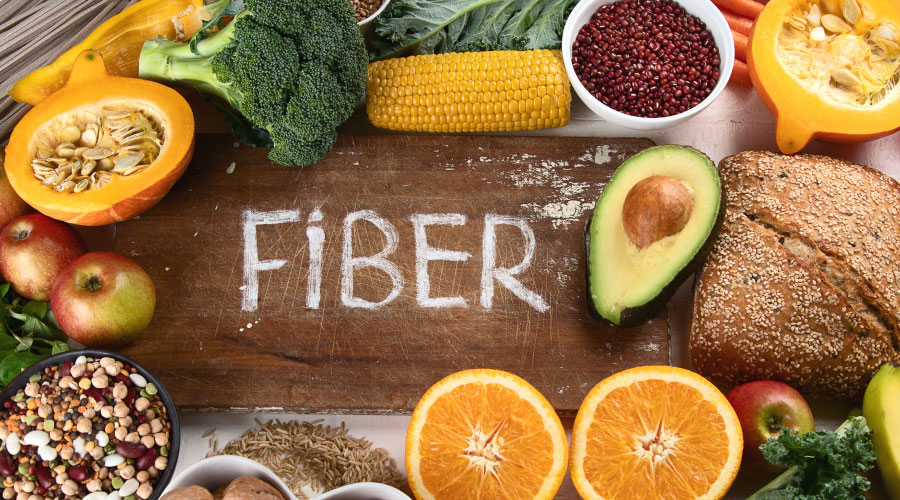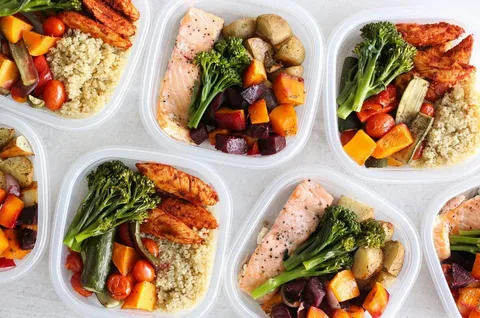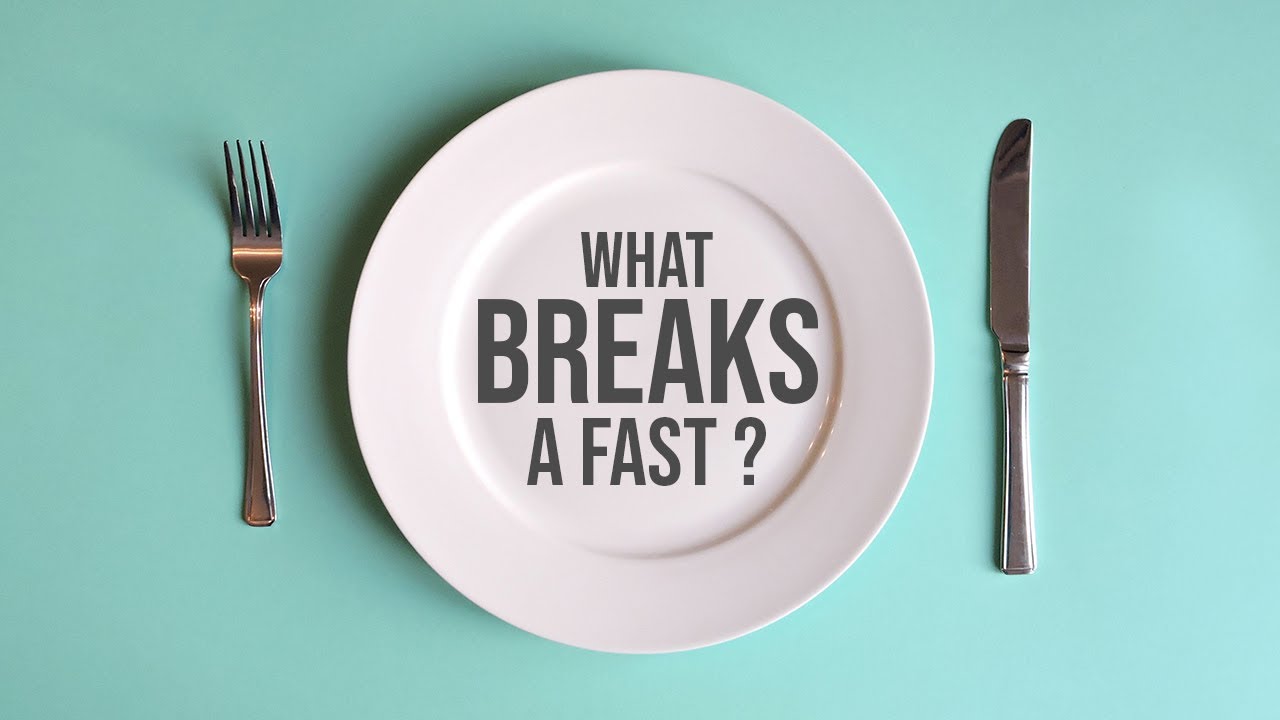Start Your Day with High-Fiber Breakfast Foods
Choose Whole Grain Cereals
Opt for whole grain cereals such as oatmeal, bran flakes, or whole grain muesli for breakfast. These cereals are rich in fiber and provide a nutritious start to your day.
Add Chia or Flaxseeds
Sprinkle chia seeds or ground flaxseeds onto your breakfast cereal, yogurt, or smoothie bowl to boost fiber content. These seeds are also rich in omega-3 fatty acids and other essential nutrients.
Incorporate More Fruits and Vegetables
Snack on Fresh Fruit
Keep a bowl of fresh fruit on your countertop or desk for easy snacking throughout the day. Apples, bananas, oranges, berries, and pears are excellent choices that are rich in fiber and vitamins.
Include Vegetables in Every Meal
Incorporate vegetables into every meal by adding them to omelets, salads, sandwiches, wraps, soups, stir-fries, and pasta dishes. Choose a variety of colorful vegetables to ensure a diverse range of nutrients and fiber.
Choose Whole Grains
Swap Refined Grains for Whole Grains
Choose whole grain options such as whole wheat bread, brown rice, quinoa, barley, bulgur, and whole grain pasta instead of refined grains. Whole grains are higher in fiber and offer greater nutritional value.
Experiment with Ancient Grains
Experiment with ancient grains like farro, freekeh, teff, and amaranth to add variety to your diet and increase fiber intake. These grains are rich in fiber, protein, vitamins, and minerals.
Snack Smart
Choose Fiber-Rich Snacks
Opt for fiber-rich snacks such as air-popped popcorn, whole grain crackers, raw vegetables with hummus or guacamole, or mixed nuts and seeds. These snacks are satisfying and provide a good source of fiber.
Make Your Own Trail Mix
Create your own trail mix using a combination of nuts, seeds, dried fruit, and whole grain cereal. This homemade snack is portable, convenient, and packed with fiber and nutrients.
Incorporate Legumes and Beans
Add Beans to Soups and Stews
Bulk up soups, stews, chili, and casseroles with beans such as black beans, kidney beans, chickpeas, lentils, and split peas. Beans are an excellent source of fiber, protein, and other essential nutrients.
Make Bean-Based Dishes
Experiment with bean-based dishes such as bean salads, bean burgers, bean dips, and bean spreads. These dishes are flavorful, satisfying, and provide a healthy dose of fiber.
Choose Fiber-Rich Snack Bars and Granola Bars
Read Labels Carefully
Choose snack bars and granola bars that are high in fiber and low in added sugars. Look for bars made with whole grains, nuts, seeds, and dried fruit for a nutritious and convenient snack option.Make Your Own Snack Bars
Consider making your own snack bars using ingredients like rolled oats, nuts, seeds, dried fruit, and nut butter. Homemade snack bars are customizable, free from preservatives, and can be tailored to suit your taste preferences.
7Drink Plenty of Water
Stay Hydrated
Drink plenty of water throughout the day to help fiber move through your digestive system and prevent constipation. Aim for at least 8-10 cups of water per day, or more if you’re physically active or live in a hot climate.
Use High-Fiber Flour and Baking Ingredients
Bake with Whole Grain Flour
Use whole grain flour, such as whole wheat flour, almond flour, coconut flour, or oat flour, in your baking recipes to increase fiber content. You can also add wheat bran or ground flaxseed to baked goods for an extra fiber boost.
Eat More Fiber-Rich Nuts and Seeds
Snack on Nuts and Seeds
Snack on a handful of nuts and seeds such as almonds, walnuts, pistachios, sunflower seeds, or pumpkin seeds for a satisfying and fiber-rich snack. Just be mindful of portion sizes, as nuts and seeds are calorie-dense.
Choose Fiber Supplements
Consider Fiber Supplements
If you’re having difficulty meeting your daily fiber needs through diet alone, consider taking a fiber supplement. Psyllium husk, wheat dextrin, methylcellulose, and glucomannan are common types of fiber supplements available in various forms such as capsules, powders, or chewable tablets.
FAQs About Eating More Fiber
What is the recommended daily intake of fiber?
The recommended daily intake of fiber varies depending on age, gender, and calorie needs. However, most health organizations recommend consuming between 25 to 38 grams of fiber per day for adults.
What are the health benefits of eating more fiber?
Eating more fiber has numerous health benefits, including improved digestive health, reduced risk of chronic diseases such as heart disease, diabetes, and certain cancers, better weight management, and increased satiety.
Can I get enough fiber from supplements alone?
While fiber supplements can help boost fiber intake, it’s best to obtain fiber from a variety of whole food sources such as fruits, vegetables, whole grains, legumes, nuts, and seeds. Whole foods provide a wider range of nutrients and health benefits compared to supplements.
Can eating too much fiber be harmful?
Consuming too much fiber can lead to digestive discomfort, bloating, gas, and diarrhea, especially if you increase your fiber intake too quickly or don’t drink enough water. It’s essential to gradually increase fiber intake and stay hydrated to minimize these side effects.
How can I tell if I’m getting enough fiber in my diet?
You can track your fiber intake by keeping a food diary or using a nutrition tracking app. Aim to include fiber-rich foods in each meal and snack, and gradually increase your intake if you’re falling short of the recommended daily target.
Are there any side effects of fiber supplements?
Fiber supplements may cause side effects such as bloating, gas, stomach cramps, and diarrhea, especially if taken in excess or without adequate water. It’s important to follow the recommended dosage and stay hydrated when taking fiber supplements. If you experience persistent or severe side effects, consult with a healthcare professional.
- 12 Best Weight Loss Meal Delivery Services of 2023 - May 1, 2024
- The 8 Best Weight Loss Drinks - May 1, 2024
- What Breaks a Fast? Foods, Drinks, and Supplements - May 1, 2024




